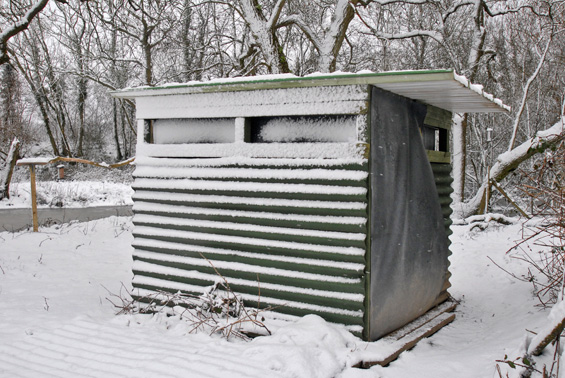
This carries on from Building a Hide (part 1) and looks at how we constructed the structure once we had established the most suitable location.
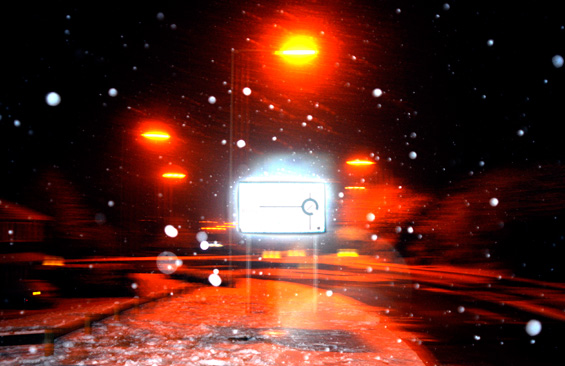
It’s been an interesting 24 hours, with a good fall of snow last night and a further heavy shower for a couple of hours this morning. When it comes down like this, and that’s not very often round here, you have to make the most of it and it simply draws me out. There’s no possible way I can sit in doors knowing of the opportunities just beyond the comfort and warmth of the house. So between 11pm and 1am last night I roamed the streets! The dampened down sound created by freshly fallen snow is something I have always loved and by eleven last night Llantrisant was under the spell.
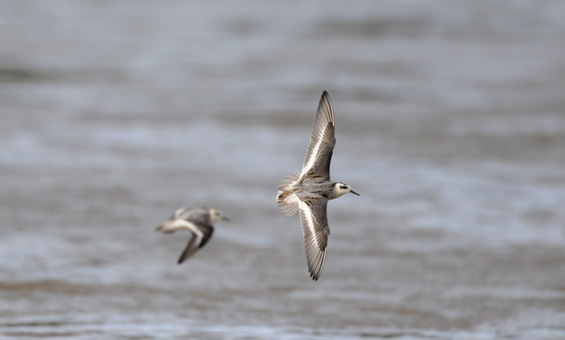
To help explain this side of my work I’ll take a typical days shoot and describe how I process the images from downloading to saving as final ‘print ready’ photographs. Back in the autumn I was at Ogmore Estuary when I came across three Grey Phalaropes. I stayed with them for about four hours and took 701 JPEGS. They’re a fairly obliging bird and continued to ply a predictive route up and down the river all afternoon. As the session wore on it gave me more and more opportunities to try something different as I was confident I had secured some fairly decent ‘stock’ images.
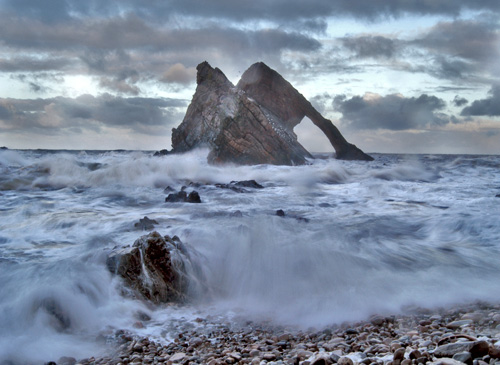
I’m frequently asked which file format I shoot in, particularly when I talk to groups or societies and have a good number of mounted A3 prints for them to look at. There is often surprise when I reveal that the majority of the work is shot in high JPEG. RAW obviously has more information, often as much as ten times that of a JPEG. It has a greater latitude with regard to exposure and more control over the basic settings that are available to the photographer; such as colour balance, contrast, sharpening, saturation and hue – but all of this doesn’t necessarily make it the obvious and only choice. There are advantages and disadvantages in shooting in both. Once you have some understanding of what is involved with each it becomes a matter of personal preference and pragmatism, often related to the type of work you are involved in.
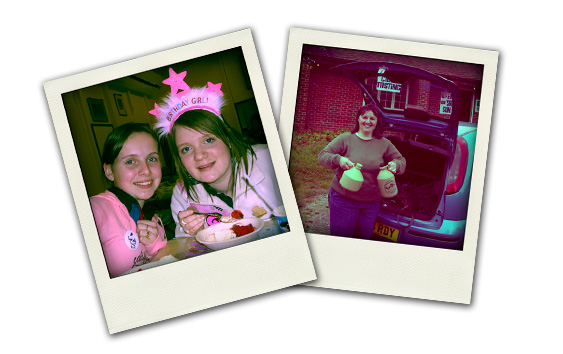
Just come across a quirky little download, but a bit of fun. It recreates your images in a Polaroid style and the images develop on screen. You’d get a little frustrated if you were doing loads, but it does put a real time factor back into the process and the effect isn’t bad at all. But what was originally seen as an instantaneous process becomes one were you now have to wait, all be it for a bit of fun. – thats computers for you! It’s a free download from www.poladroid.net available for PC amd mac
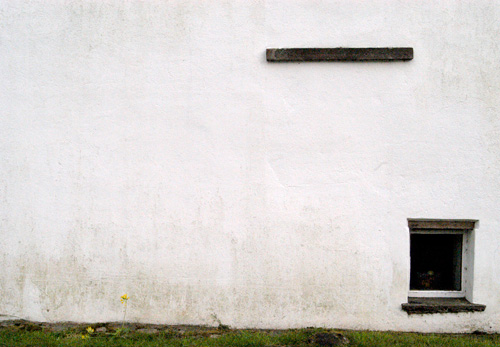
There is a lot written about the rules of thirds on the Internet as an aid to photographic composition, much of it giving sound advice with regard to applying the rule, its origins and the fact that it must not be seen as the ‘holy grail’ for the creation of fine images.
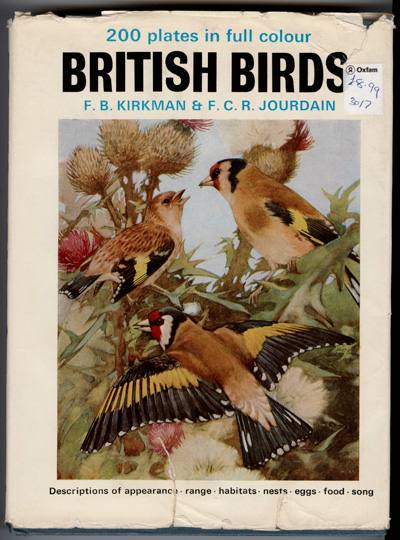
The sun shone on Christmas Day and raised cheers in our house. It has been particularly dull over the last few weeks, not much rain but just those drab flat days that close in a good hour before the official lighting up time. Boxing Day dawned without a cloud in the sky and saw me heading off to the farm.
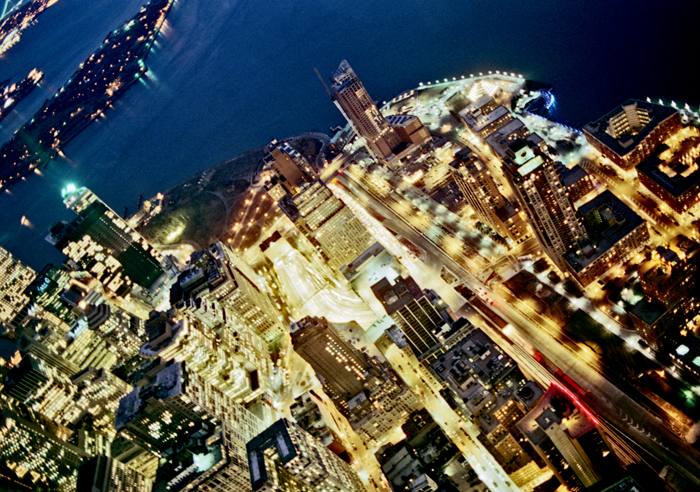
The idea that beauty only resides in the natural world has to be contested. It is fair to say that I find most inspiration from the landscape and natural history, but at times I have been moved by urban and industrial environments.
It’s hard not to look on with astonishment and wonder at the city scape that is New York. At night it is simply beautiful, and despite my misgivings about what it represents and stands for its raw impact cannot fail to have an effect.

There’s a lamp post in the middle of the central reservation of the M4 motorway, just past Port Talbot, that is eagerly anticipated by all the family when we travel west. It’s number 386 and more times than not ‘our’ Cormorant is sitting on the top of it. A gentle fist clenching and a slight punch of the air, with a somewhat muted cheer is given in response.

I have recently been preparing a couple of logs that I had found around the ponds, for feeding. I chiseled out about an inch deep trench in the log at three separate places, so that I could stuff food into the crevices in such a way that they would not be visible when birds landed on them.

Laggan had broken his wing, possibly by flying into a telegraph wire, and is now being looked after at Wings Over Mull, a bird of prey conservation centre that we visit on the Orangepebble Photography tours. To get this close to such a magnificent bird is something unlikely to happen in the wild. These are birds of vast spaces, occupying the high mountains and crags of Scotland. We have seen them often in the wild, had wonderful encounters in Sutherland, Argyle and Mull and occasionally photographed them. The Golden Eagle remains, for me, the ultimate bird.

It’s not a good moment when you arrive at a photographic job without a camera! I managed to blag my way out of it – another story – but your legs go weak and you are just hoping your in some kind of bad, really bad, dream. I was working as a very young medical photographer at the time and the department had ten ‘primed’ and ready to go camera bags so you could respond to any incident or request instantly. The bags were placed in reception and you would rush out picking one up on your way.
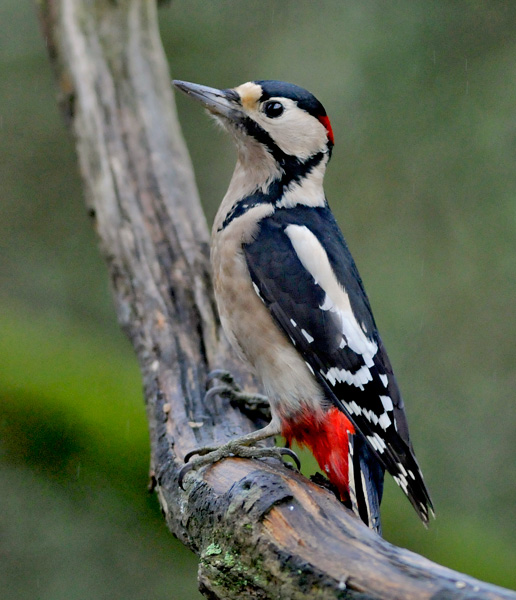
Again a very drab day and a persistent drizzle. Two male Great-spotted Woodpeckers were chasing each other round the higher branches and the Treecreeper was in a fair amount today. Looking through the Home Farm files it’s interesting to note that out of 40 or so images filed under Great-spotted Woodpecker, only one of those is a female! Where then are the they?
The piece below was written in 2005 before Gormley’s Another Place’ had been purchased outright. It will now stay forever on this part of the Lancashire coast and has altered the way I feel about it. The space has changed, and until time eventually takes its toll on these sculptures, as it will do one day in the far off future, it will no longer be what it once was. I can no longer enjoy the wildness of this windswept beach, but then I couldn’t anyway as a large part of vista from the beach is interrupted by an invasion of coastal wind farms. I suppose nothing ever remains as it was, but when Art changes a space on such a huge scale I wonder if we have got something wrong. The title of the work itself, ‘Another Place’, perhaps suggests the need for it to move and grace another shore line somewhere else in the world and remain in the memory alone.
It is, by rights, something that I shouldn’t like. Gormley’s iron men break an otherwise expansive view across to the hills of North Wales. They occupy a space that has, since the Mersey has flown out into the Irish Sea, been people less. I have known this part of the coast all my life; bird watched in all weathers. The massive flocks of Knots and roosting Pink-footed Geese have inspired me to seek out wild places in Wales and Scotland. I go to such places to avoid crowds, to get away from a feeling of claustrophobia that so often grips me in places where people mass. The open spaces along this part of the West Lancashire coast has offered me solace and although close to a large urban populace, a sanction, where it is just possible to connect with the more natural processes that make us who we are.
Continue reading
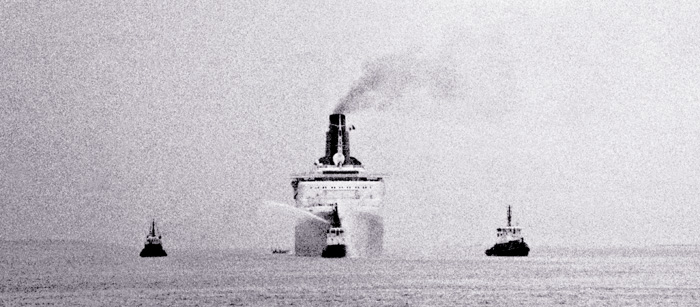
It’s a sobering thought when you realise that some of your photographs are moving into the realm of becoming historical. It’s inevitable, I know, when you have been taking photographs for over 30 years but somehow you always see your own images as being contemporary.
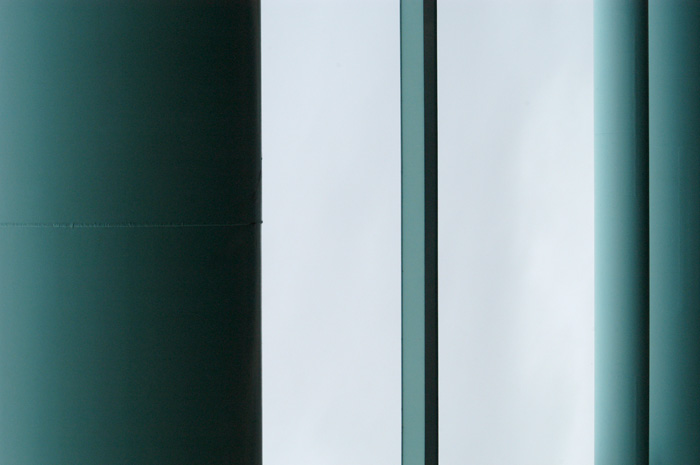
I am currently reading Mark Cocker’s beautifully written book ‘Crow Country’ in which he goes in search of the Rooks and Jackdaws that he first encounters in the Yare Valley in Norfolk. There is a small paragraph towards the beginning of chapter six that should be read and digested by anyone who wants to look a little harder to find the extraordinary in the everyday. Although he is concerned with nature watching what he says can be applied to all aspects of looking.
‘… every time you pin a label on a living creature it reaffirms a sense of mastery over it. The naming of the thing gives you the wonderfully reassuring illusion that you know it. You don’t. Sometimes all you have is a single datum. The name. In a bizarre way, the process of recognition can actually be a barrier rather than a doorway to genuine appreciation’
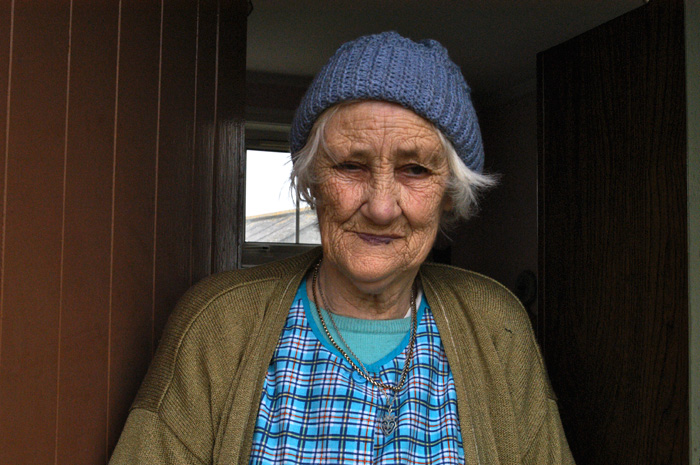
We all have a personal space. It’s the area immediately around us and other than those very close to us, we let no-one in. Good environmental portraiture and documentary photography demands that we enter this space and this is only possible if a standard or wide-angle lens is used. It requires that the photographer communicates with the subject and gains their confidence.
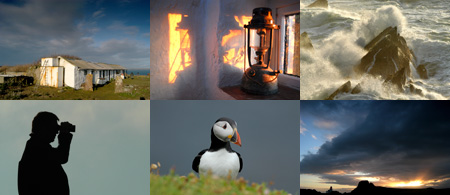
So often, on returning from a holiday or expedition, people are heard to say, ‘ These pictures don’t do justice to the experience!’ Don’t be in this position again!
Over the years photography has been a great way to tell a story. Its zenith occurred during the rise of the picture magazines like Life and Picture Post and of course all moving images are in reality a vast sequence of stills! A narrative suggests that the event photographed will have a beginning, a middle and an end. The time scale that this occurs within does not matter at all. The narrative can occur over a few seconds, minutes, hours or days.